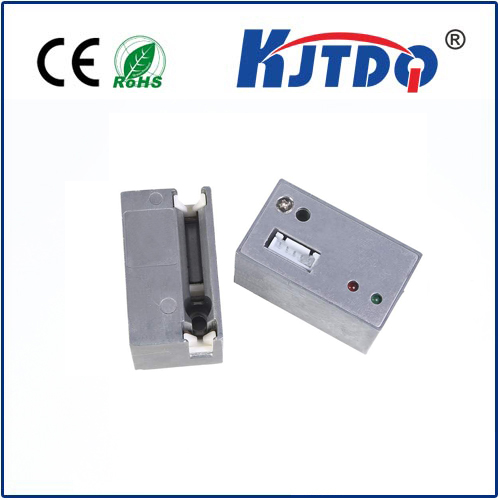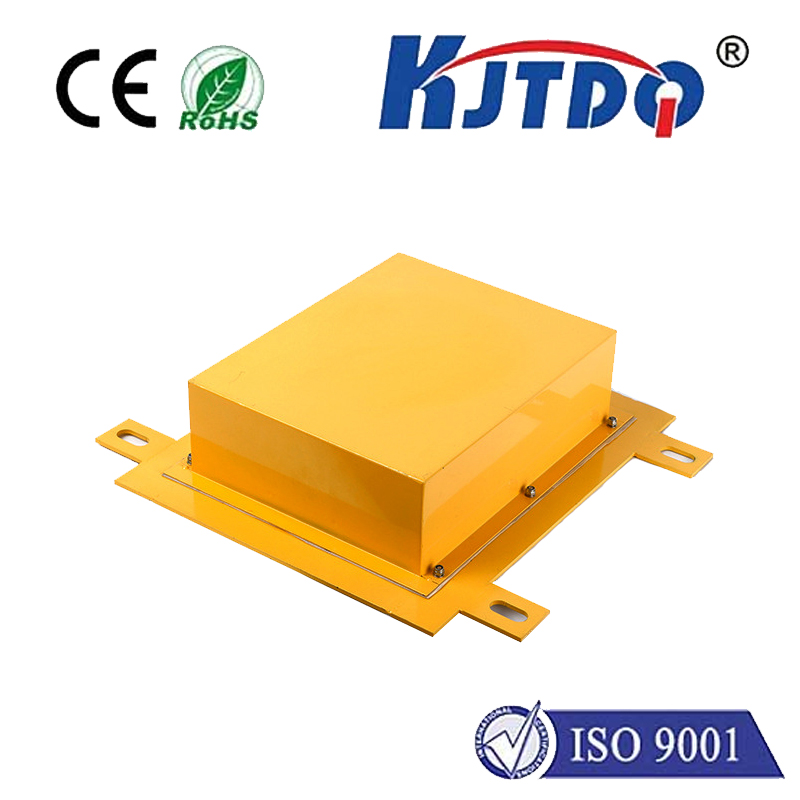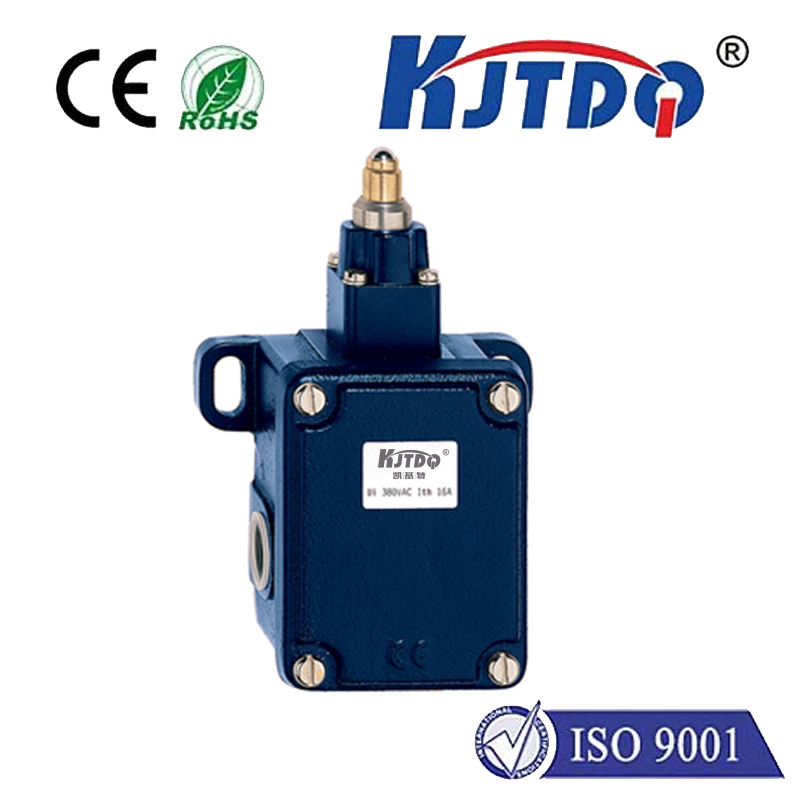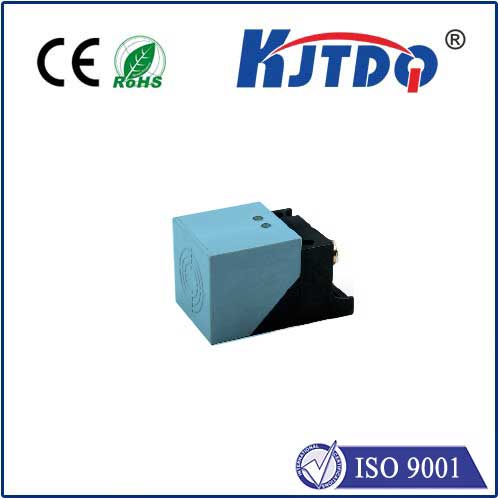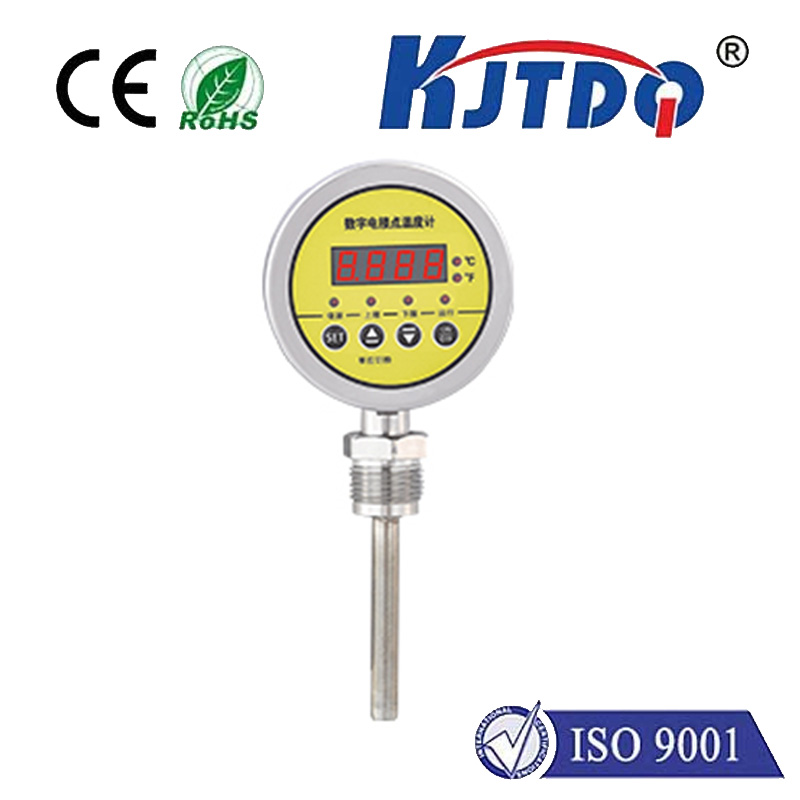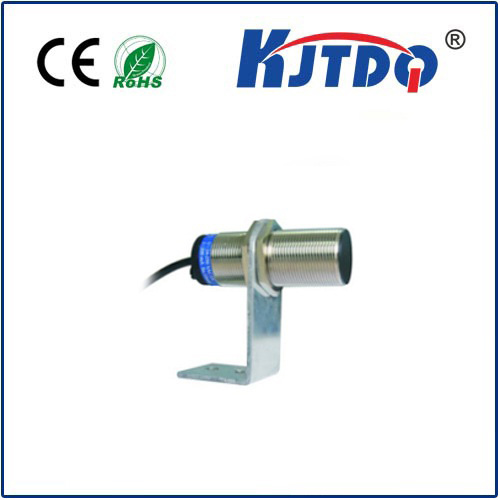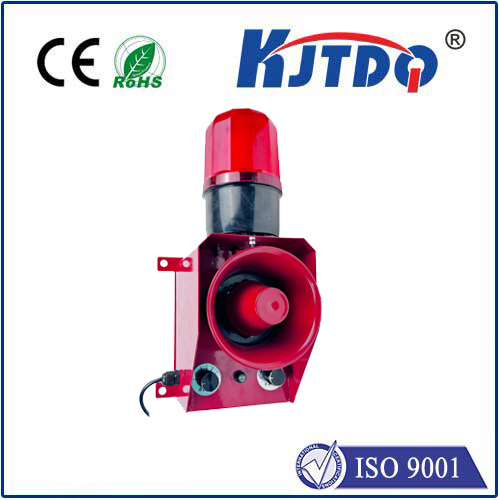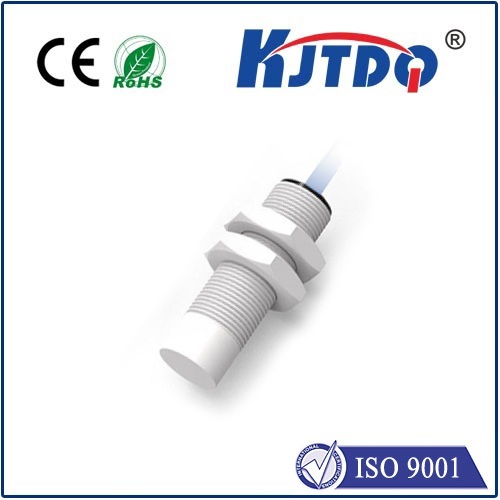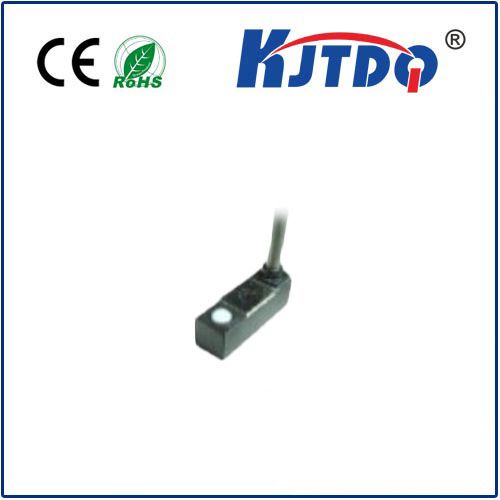
check

check

check

check
Title: Proximity Switch: A Revolutionary Technology for Improved Safety and Convenience
Introduction
The proximity switch, also known as a touch switch or magnetic switch, is a small electronic component that has revolutionized the way we interact with devices. This innovative technology enables devices to turn on or off based on physical contact or proximity, providing enhanced safety, convenience, and user experience. In this article, we will explore the basics of proximity switches, their applications, and benefits.
Part 1: The Basics of Proximity Switches
Proximity switches are typically made of a conductive layer embedded within a plastic housing. When a person or an object comes into close proximity to the switch, it creates an electric field that causes the switch to open or close. This allows devices to detect human presence or movement and react accordingly. Proximity switches can be either magnetic or optical in nature.
Magnetic proximity switches use a magnet to create a field that attracts or repels a metal probe inside the switch. When the metal probe touches the magnetic field, it opens or closes the circuit, turning on or off the device. Optical proximity switches work by using a light-sensitive material to detect changes in light intensity caused by the presence or absence of an object. When an object obstructs the light source, it alters the light path and triggers the switch.
Part 2: Applications of Proximity Switches
Proximity switches have numerous applications in various fields, including:
1. Security systems: Proximity switches are used in security cameras and access control systems to detect motion and trigger alerts when someone enters or leaves a designated area. By integrating with facial recognition software, these systems can also identify individuals and grant them access only if they match pre-approved profiles.
2. Automotive safety: Proximity switches are essential components in automotive safety features such as automatic emergency braking, lane departure warning, and collision avoidance systems. These systems rely on sensors that detect the presence of other vehicles or objects in the vehicle's path and trigger warnings to prevent accidents.
3. Industrial automation: Proximity switches are widely used in industrial processes for monitoring equipment operation, detecting faults, and triggering maintenance actions. By incorporating sensors that detect temperature, humidity, vibration, and other parameters, these switches can optimize industrial processes and increase efficiency.
4. Smart home appliances: Proximity switches enable smart home appliances such as lights, thermostats, and entertainment systems to turn on or off automatically based on user presence or proximity. This provides added convenience and energy savings by reducing unnecessary usage.
5. Medical technologies: Proximity switches are used in medical devices such as blood pressure monitors and glucose testers to detect changes in electrical signals caused by body movements or skin conductivity. This allows doctors to obtain accurate readings more quickly and efficiently.
Part 3: Benefits of Proximity Switches
The benefits of proximity switches are numerous, including:
1. Increased safety: Proximity switches help prevent accidents by detecting potential hazards before they occur. This reduces the risk of injuries, property damage, and other negative consequences associated with accidents.
2. Enhanced convenience: Proximity switches allow devices to turn on or off automatically based on user presence or proximity, providing added convenience and comfort. This saves time and effort for users and reduces the need for manual controls.
3. Better user experience: Proximity switches provide a more intuitive and seamless user experience by enabling devices to respond to physical interactions without requiring complex setup or programming. This makes devices easier to use and more accessible for people with disabilities or limited technical knowledge.
4. Energy efficiency: By optimizing device operations based on user presence or proximity, proximity switches can reduce energy consumption and improve overall efficiency. This not only helps conserve resources but also lowers operating costs for businesses and consumers alike.
Conclusion
Proximity switches are a revolutionary technology that has transformed the way we interact with devices in various domains. From security systems to automated vehicles, these small but powerful components offer numerous benefits in terms of safety, convenience, and energy efficiency. As technology continues to advance, we can expect even more innovative applications of proximity switches in the future.
